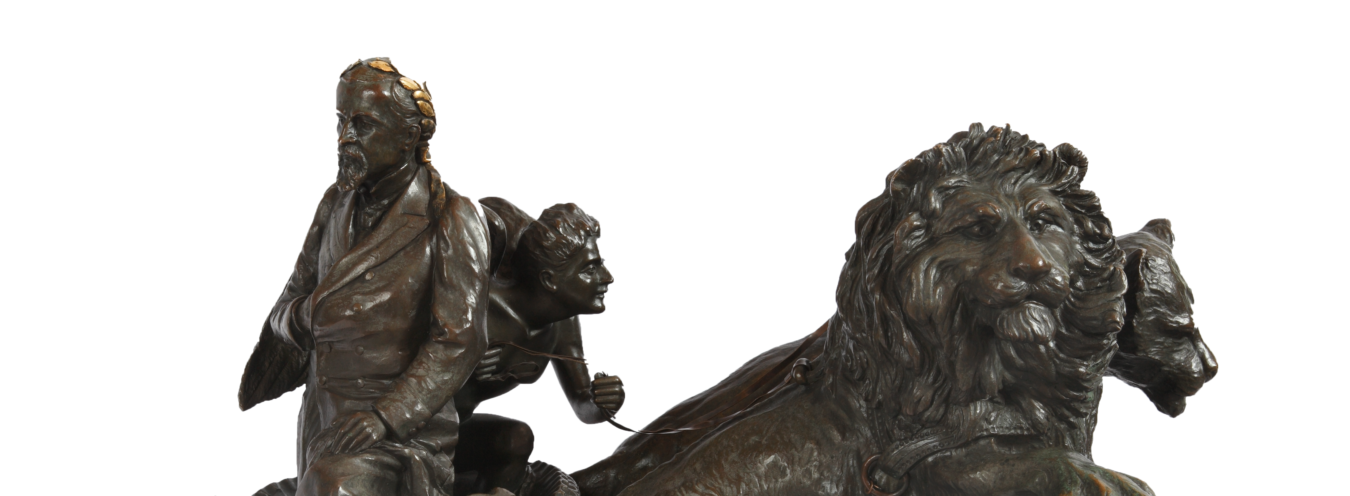“He Was a Great Polish Patriot and Deserves a Tribute”: Commemorating Henryk Sienkiewicz in the Public Space
Sienkiewicz and spaces of reception
The term “space of reception” may be interpreted in both metaphorical and literal senses; in fact, these two meanings are not mutually exclusive. The hypothetical map of various traces of reception, the (often distinct) circles of influence, numerous remembrance sites, and memorization acts is shaped by a number of factors. These include the writer’s individual biographical trajectory and his extensive traveling, which was impressive even at the time. The second factor to be mentioned here is the subject matter of his works, mainly his historical prose writing set in the vast expanses of the Polish-Lithuanian Commonwealth or the Kingdom of Poland. Additionally, the setting of his travel fiction and non-fiction spanned the great swathes of two more continents: Africa in his In Desert and Wilderness (“>W pustyni i w puszczy) and America in his Portrait of America: Letters of Henry Sienkiewicz (Listy z podróży do Ameryki) and his American short stories. The third factor would be the immense popularity of Sienkiewicz, both in Poland and abroad, repeatedly confirmed by the fact that his works have been appreciated even by those theoretically antagonistic to them – and, for the first time in the history of Polish literature, they were read by virtually everyone [1]. It is a fact of no small significance, also in the context of political and ideological circumstances. The state authorities (especially if suspicious of the message contained in the writer’s works) tried to impose specific forms of reception. Since Sienkiewicz’s oeuvre was never altogether banned, officials aimed to control its function in the society by channeling any subversive interest or cult following into a safe outlet. This is especially true of the writer’s official memorials in the public space, where state control is easiest to exercise. It must be emphasized here, however, that – apart from periodic controversies concerning the life and opinions of Henryk Sienkiewicz – his writing could be celebrated with permanent public displays practically without hindrance, provided that a given group of admirers had enough clout.
Taking all the above into consideration, details such as the geographic chronology of monuments built to Sienkiewicz, or streets and schools named after him, should not come as a surprise. In fact, Sienkiewicz had streets dedicated to him even during his lifetime. This occurred mostly in the region of Galicia, first in villages and smaller towns that owed their fame to the writer (e.g., Zbarazh in 1897, Zakopane in 1898[2]), and only then in larger towns and cities. The same applies to schools: even though a Henryk Sienkiewicz school is acknowledged to be part of the first line of resistance in the 1918 fights over Lviv, there were not many educational establishments named after the writer in other Polish cities outside of Galicia at that time. Such preliminary observations allow for a different perspective on the fact that one of the major Sienkiewicz memorabilia collections is located in Poznań, a gift of collector Ignacy Moś – himself a son of a peasant farmer born in Ostrzeszów or its vicinity[3]in Wielkopolska; or on the off-site, mobile, or even travelling conferences and symposia dedicated to Sienkiewicz (e.g., the one in 1986[4]); or on reporters and writers setting off in the footsteps of literary characters (e.g., Marian Brandys in his Śladami Stasia i Nel[Following Staś and Nel], published in 1961). Obviously, the death of Henryk Sienkiewicz marked a turning point for various author-oriented initiatives, increasing the number of official namings especially during commemorations of his death and birth, the round anniversaries of both falling on the sixth year of each decade. Yet another important date was 1924, the year the writer’s remains were brought from Switzerland to Warsaw. Indeed, looking at the dates of unveiling monuments or opening museums alone, one can easily notice that such events have taken place mostly on the round anniversaries of the writer’s birth and death or are clearly delayed in respect of them; they could also be part of the Sienkiewicz Year celebrations. Examples include the Sienkiewicz Mound in Okrzeja (1938), the second Sienkiewicz monument in Bydgoszcz (1968), the establishment of the Ignacy Moś foundation and museum in Poznań (1977–1978), and the unveiling of Sienkiewicz statue in Warsaw (2000).
Przypisy
- This phenomenon has not yet been adequately discussed in spite of numerous mentions and references, which is partly due to the lack of a well-grounded – or, indeed, any – study of literacy in Poland. A possible contribution could be easily found in, for example, a diary of a Polish peasant farmer born in 1892, as discussed by Roch Sulima. See R. Sulima, “Pismo i pisanie w świadomości ludowych pamiętnikarzy” [Writing in the consciousness of folk chroniclers], in Sploty kultury. Księga pamiątkowa dla Andrzeja Mencwela [Cultural intersections: In the memory of Andrzej Mencwel], edited by N. Dołowy-Rybińska, A. Gronowska, A. Karpowicz, I. Piotrowski, P. Rodak, Warsaw 2010, pp. 559–560.
- In his Alfabet wspomnień (Alphabet of memory), Antoni Słonimski relates a famous anecdote featuring himself, all-round artist Stanisław Ignacy Witkiewicz (Witkacy) and sculptor August (Gucio) Zamoyski – as well as Sienkiewicz Street in Zakopane as a key element: “One of the greatest feats of Witkacy was the first attempt at introducing the Polish audience to talking pictures. It was a well-known fact that cinemas in other countries already played sound films, but the only thing that played here were pianos, animated by some anonymous ladies behind folding screens. One day, the three of us: me, Witkacy, and Gucio Zamoyski, mildly inebriated, ended up in a cinema. While watching, Witkacy took up the female part and cried out in a high-pitched voice: Oh Richard, are you going to boldly seduce and then abandon me with child? I replied sonorously: Never! I will not desert you till the tiniest root of my gynecological tree rots away. We continued this suspenseful exchange for some time before a row started. The piano lady announced from behind the folding screen: Either they go, or I do. We were obliged to leave the premises with an expert assistance of a local policeman. Just before leaving the cinema, Witkacy suddenly decided to add some social flair to the scene: I believe we have not yet been introduced. The policeman clicked his heels together and told us his name was Pieniążek. Witkacy mumbled: Witkiewicz, Gucio said: Zamoyski, and I, reluctant to use my own humble name after these two biggies, introduced myself as Sienkiewicz. The policeman was truly shocked and bitterly disappointed: Gentlemen, you have streets named after you, and you cannot behave yourselves in a cinema?…” (A. Słonimski, Alfabet wspomnień [Alphabet of memory], Warsaw 1989, pp. 258–259; trans. J. M.). All the three streets in question were named in their eponyms’ lifetime. The discussion of long-term bonds between Sienkiewicz and Zakopane can be found in Maciej Pinkwart’s Zakopane Henryka Sienkiewicza [Henryk Sienkiewicz’s Zakopane], Nowy Targ 2016.
- A. Surzyńska-Błaszak, “Muzeum Literackie Henryka Sienkiewicza w Poznaniu” [Henryk Sienkiewicz’s Literary Museum in Poznań], in Henryk Sienkiewicz i jego twórczość w naszej pamięci. Antologia tekstów historycznych i literackich [Remembering Henryk Sienkiewicz and his works: An anthology of historical and literary texts], selected and edited by M.M. Drozdowski, H. Szwankowska, consulted by M. Bokszczanin, W. Odojewski, Warsaw 2000, p. 268 (on the social origin of Ignacy Moś: cf. L. Ludorowski, “Skarby Igo Mosia” [Igo Moś’s treasures], in Sienkiewicz wobec Europy [Sienkiewicz and Europe], edited by L. Ludorowski, H. Ludorowska, Z. Mokranowska, E. Kosowska, Lublin 2004, p. 286).
- In the words of Lech Ludorowski, “The May session in 1986 followed an uncommon, highly original organizational idea. It took the form of a peregrination [emphasis original] through the Lublin, Podlasie, and Kielce Provinces, along the trails named after Sienkiewicz, leading us through regions which played a special role in his life. These were trips to places particularly close to the great writer’s heart that still seemed to be pervaded with the atmosphere of the old times, enchanting with the largely unspoiled landscape not yet tainted to the core by the tackiness of today’s world” (L. Ludorowski, “Sienkiewiczowskie peregrynacje roku 1986” [Sienkiewicz’s peregrinations in 1986], in Henryk Sienkiewicz. Twórczość i recepcja [Henryk Sienkiewicz: Works and reception], edited by L. Ludorowski, Lublin 1991, p. 11; trans. J. M.).
Warning: Undefined array key 0 in /home/klient.dhosting.pl/aszulinska/nplp.pl/public_html/wp-content/themes/nplp/functions.php on line 1197
Warning: Attempt to read property "name" on null in /home/klient.dhosting.pl/aszulinska/nplp.pl/public_html/wp-content/themes/nplp/functions.php on line 1197
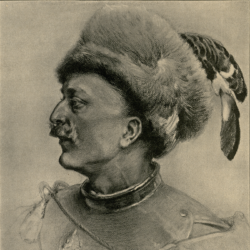
Warning: Undefined array key 0 in /home/klient.dhosting.pl/aszulinska/nplp.pl/public_html/wp-content/themes/nplp/functions.php on line 1197
Warning: Attempt to read property "name" on null in /home/klient.dhosting.pl/aszulinska/nplp.pl/public_html/wp-content/themes/nplp/functions.php on line 1197
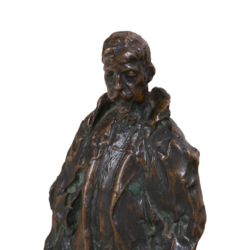
Warning: Undefined array key 0 in /home/klient.dhosting.pl/aszulinska/nplp.pl/public_html/wp-content/themes/nplp/functions.php on line 1197
Warning: Attempt to read property "name" on null in /home/klient.dhosting.pl/aszulinska/nplp.pl/public_html/wp-content/themes/nplp/functions.php on line 1197

Warning: Undefined array key 0 in /home/klient.dhosting.pl/aszulinska/nplp.pl/public_html/wp-content/themes/nplp/functions.php on line 1197
Warning: Attempt to read property "name" on null in /home/klient.dhosting.pl/aszulinska/nplp.pl/public_html/wp-content/themes/nplp/functions.php on line 1197

Warning: Undefined array key 0 in /home/klient.dhosting.pl/aszulinska/nplp.pl/public_html/wp-content/themes/nplp/functions.php on line 1197
Warning: Attempt to read property "name" on null in /home/klient.dhosting.pl/aszulinska/nplp.pl/public_html/wp-content/themes/nplp/functions.php on line 1197

Warning: Undefined array key 0 in /home/klient.dhosting.pl/aszulinska/nplp.pl/public_html/wp-content/themes/nplp/functions.php on line 1197
Warning: Attempt to read property "name" on null in /home/klient.dhosting.pl/aszulinska/nplp.pl/public_html/wp-content/themes/nplp/functions.php on line 1197
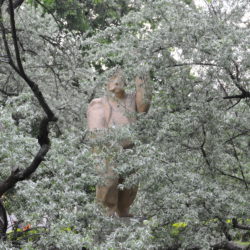
Warning: Undefined array key 0 in /home/klient.dhosting.pl/aszulinska/nplp.pl/public_html/wp-content/themes/nplp/functions.php on line 1197
Warning: Attempt to read property "name" on null in /home/klient.dhosting.pl/aszulinska/nplp.pl/public_html/wp-content/themes/nplp/functions.php on line 1197
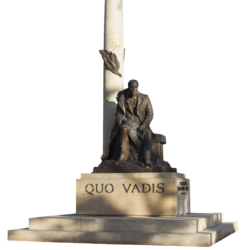
Warning: Undefined array key 0 in /home/klient.dhosting.pl/aszulinska/nplp.pl/public_html/wp-content/themes/nplp/functions.php on line 1197
Warning: Attempt to read property "name" on null in /home/klient.dhosting.pl/aszulinska/nplp.pl/public_html/wp-content/themes/nplp/functions.php on line 1197


